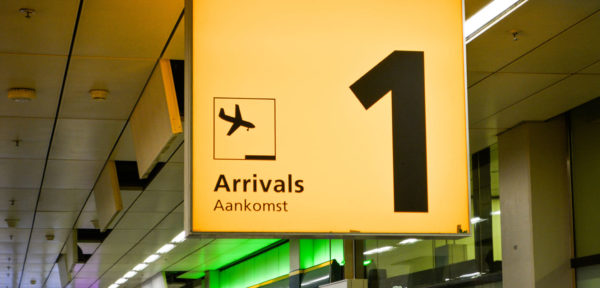Increasing air traffic has airline and airport executives laser-focused on on-time performance (OTP). This emphasis, however, is not without potential tradeoffs which must be managed.
State of Airlines’ OTP Today
Some airlines can be proud of their OTP in 2019. Cirium On-Time Performance Review 2019 reported the top performers as: Aeroflot (86.68% of flights), LATAM Airlines (86.67%), Nippon Airlines (86.26%) and Delta Airlines (85.69%). These airlines’ OTP helped them achieve greater passenger loyalty, lower costs and more efficient operations. On the flip side, in the United States, the Federal Aviation Administration reported that airlines incurred an estimated $22 billion per year in penalties alone stemming from flight delays. The U.S. Department of Transportation’s Bureau of Transportation Statistics found reasons for flight delays included: aircrafts arriving late (6%), National Aviation System delays (5.65%) air carrier delays (4.48%), flight cancellations (0.81%), weather delays (0.36%), flight diversions (0.19%) and security delays (0.03%).
Avoiding these delays and costs can come with negative consequences. Consider a leading U.S.-based international carrier and an incident wherein late-connecting passengers were left behind causing these passengers and the gate and booking agents who had to deal with their anger, significant stress. There were also high passenger compensation costs incurred. Another negative outcome of heightened OTP focus can be lower aircraft utilization and higher labor costs stemming from increasing block times. The focus on tight turnaround times on the ground to maximize aircraft utilization also burdens passengers with having to arrive at the airport earlier and then wait in the aircraft or stand in the jet way regardless of weather conditions.
Keeping It All in Balance
Airlines’ OTP goals must consider factors beyond the duration from an aircraft’s gate arrival to pushback such as: pre-touchdown impacting terminal services, pre-gate arrival affecting ramp services, and flight operations services required after the aircraft has left its position. Airlines have difficulty predicting scenarios which hinders their decision making. They do know, however, air traffic will continue to increase and affect their OTP. The Airport Council International’s 2019 World Airport Traffic Forecasts projected passenger air traffic worldwide will increase to over 17 billion by 2037; double the 2018’s 8.8 billion passengers.
Aircraft design also impacts OTP. Many network or hub-based carriers achieve lower OTP using wide-body aircraft over narrow-body aircraft. When low-cost carriers realize better arrival OTP using shorter turnaround times combined with higher flight buffers, passengers suffer from longer gate waiting times. Ripple effects also occur when several carriers with low “fleet launch” achieve OTP early in the day negatively affecting flight OTP during peak hours. Many airlines simply accept these heavier delays later in the day. Others add buffers to minimize the impact.
The unexpected contingency is also a factor; for example, air traffic controllers’ strikes. Airlines deal with these situations in different ways. One may have an aircraft captain speak directly to passengers about the delay, while another chooses not to share any information with passengers. Often, there are no consistent policies regarding how or if reasons for delays are communicated with passengers. Even digital communications are not standard. One carrier may direct passengers to external sources for their flights’ arrival times, whereas another airline sends SMS messaging alerts in addition to providing information on electronic display boards.
Managing the Tradeoffs
Airlines effectively managing the tradeoffs (i.e., improving OTP, operational efficiency and the passenger experience) can derive profit margin improvements of 5% to 10%. Achieving this often stems from airlines’ application of advanced technologies such as optimization software, artificial intelligence and machine learning. These technologies support collaborative decision making, real-time data capture, information sharing and communications (i.e., between pilots, air traffic controllers, airport control centers, line maintenance staff and engineering departments). By deploying improved analytical and operational decision-making capabilities, OTP and other operating goals can be kept in balance.





0 comments on “On-Time Performance As A Tradeoff”